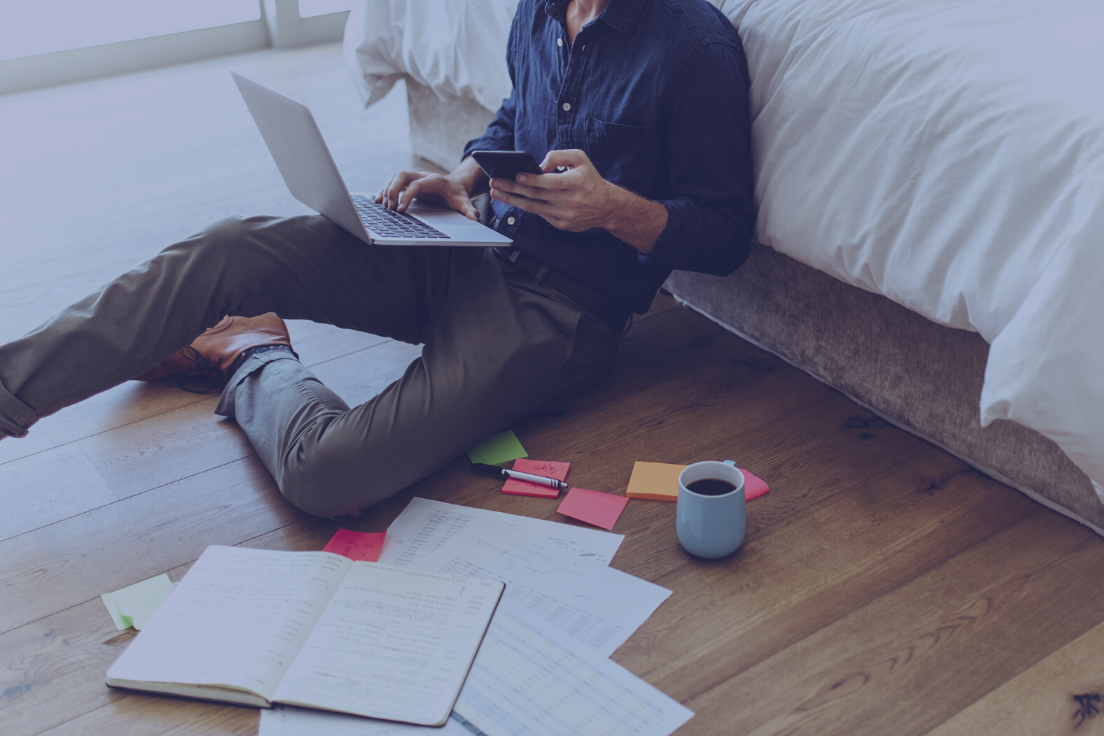3 Steps to Maintaining a Healthy Work-Life Balance
Covid-19 has changed the way we do things – in many ways, for the better. We’re learning that we don’t necessarily need to be sitting in front of one other for strong communication to take place and great things to happen; we’ve all come to the realisation that “meetings about meetings” were, in fact, a waste of time! But the most momentous change in the working world has to be the shift to home working.
However, with it has come its own challenges. People are finding it increasingly difficult when it comes to maintaining a healthy work-life balance, with so many homes having become their place of work. Switching off becomes tougher, as does separating ‘work time’ from ‘home time’, with many individuals reporting that they’re working longer hours simply because it’s easier to do so; taking real breaks also becomes more difficult.
We’re a recruitment agency – we build workforces. But, one of the things we also help clients with is reducing burnout across their team, in order to maximize productivity and champion a healthy company culture. As such, we’ve put together three easy steps for those who are currently adjusting to working from home which should help you set a routine, create healthy habits and maintain your work-life balance.
1. Create a dedicated space for work, and work only
Our first step is to define the place in your home which you use for work. This can be tricky if you’re limited on space, but it’s crucial. Without a dedicated workspace, home and work can become intertwined, making it easier to respond to emails, flick through a presentation or otherwise focus on work activities while you should be decompressing – and, as such, making maintaining a healthy work-life balance more difficult.
If you’re unable to create a dedicated workspace in a different area, make a habit of packing away your tools every afternoon and tidying them away to somewhere they’re not in view after work hours – doing so will allow you to truly switch off and focus on home-time.
2. Create ‘power down’ prompts
Speaking of putting things away, it’s also pertinent to ensure you know when to do so. When we work in an office environment, we see people around us packing up and getting ready to leave the office; little prompts like these let us know that the workday is coming to an end. At home, it’s easier to work those extra hours simply because you’re not being prompted to stop.
Set a recurring alarm on your phone for an hour or half an hour before you’re due to finish work, which will help you prioritize those final must-do tasks for the day and set your own expectations for tomorrow. Eventually this will become habit, and you’ll find yourself powering down, switching off and disengaging more easily.
3. Plan a daily transition activity
What we mean by a “transition activity” is something you do at the end of each day which signifies: that’s it, work’s done. This might be taking a shower, going for a walk to get a burst of fresh air or having your favourite show lined up and ready to watch – whatever it is, once you’ve completed this ritual, you’ve transitioned from work-time to home-time. Think of this as your commute perhaps – the time you would have once spent travelling from your place of work to home – and use it to mark the end of your workday; time to switch off.
Following these three steps will undoubtedly help in maintaining a healthy work-life balance; we all tend to spend time outside of work thinking about work, but not acting on it after-hours is the key to homeworking. The pandemic has changed many things, but we’re proud to see so many employers prioritizing their employees’ mental health during these times – and long may it continue.
